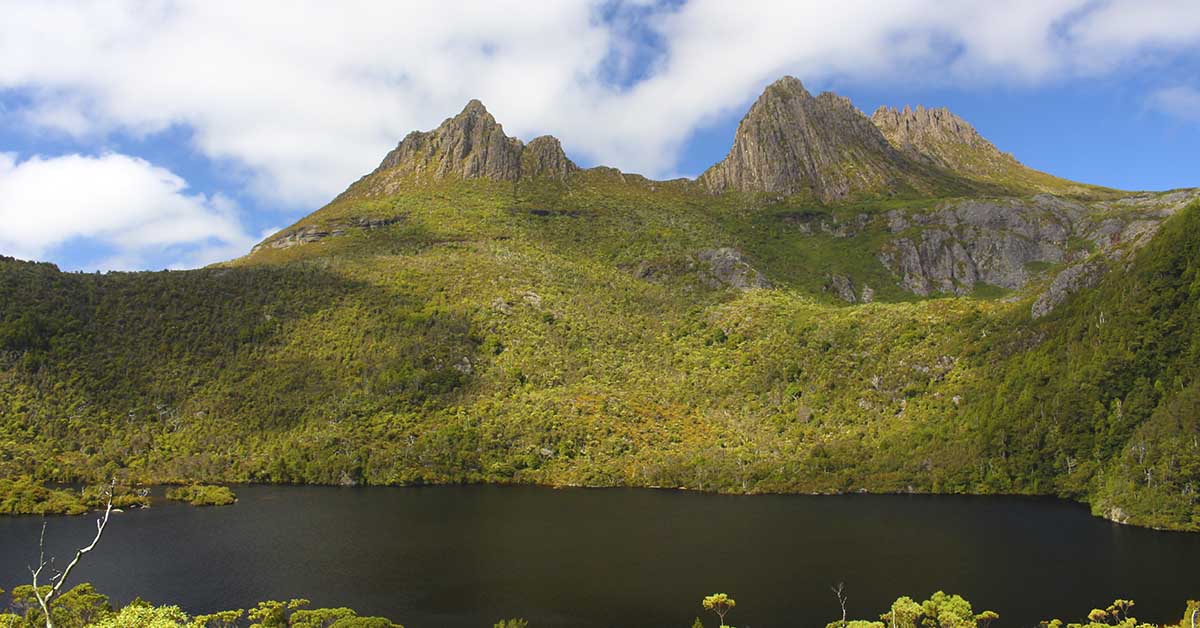What would remain of all human knowledge in a post-apocalyptic world? Our species has already witnessed the rise and fall of countless civilizations lost to history. One can only imagine what life may have been life in an era that left no records behind. Today, archeologists spend decades trying to piece together clues from ancient sites and artifacts. Considering all our knowledge is stored in books that can burn and technology that can fail, how would we leave behind any trace of our existence to those who come after us?
While we often think of these post-apocalyptic themes as something out of science fiction, the reality is that climate change and potential nuclear wars constantly bring us closer to that possibility. One team is trying to change all of that, though, by building a black box for human civilization’s downfall. The box will record all important scientific data for the benefit of future civilizations.
The Black Box for Human Civilization In The Future

Known as “Earth’s Black Box”, the project will focus on building a huge steel monolith that will be constructed somewhere in the Tasmanian outback. It will serve the same function as the indestructible black boxes that are installed in aircraft, providing data and potential insight as to what occurred after a plane crash. The project comprises a team made up of The Glue Society (a creative agency), Clemenger BBDO (a marketing agency) and researchers from the University of Tasmania. The box will record climate-related data, including energy consumption rates, sea temperatures, and atmospheric CO2 levels.
Read More: When Civilization Collapsed: What Made 536 the Worst Year to Be Alive?
Simultaneously, it will also find and store contextual information from sources such as social media sites and news headlines. According to Clemenger BBDO’s creative director, Jim Curtis, “The idea is if the Earth does crash as a result of climate change, this indestructible recording device will be there for whoever’s left to learn from that.” The black box for human civilization will be produced from three-inch-thick steel and cantilevered off granite. There will also be solar panels on the exterior to power the internet-ready storage drives within.
Built To Last

This structure is built to last – in fact, it will outlast all of us, running on its own, no matter what happens to the world around it. However, it is impossible to know what level of technological advancement the people who find the monolith will have. Future civilizations may stumble across a black monolith in some remote location in Tasmania and have no clue how to access the information stored within. Anyone who has watched the classic science fiction film, 2001: A Space Odyssey (1968), will know how that turned out for us. But why choose a remote location in Tasmania?
Well, it was chosen over other potential locations such as Qatar, Norway, and Malta due to the region’s geological and geopolitical stability. While the idea of climate change still seems far-fetched for many people, a sobering fact is that we are on track to experience an increase of 2.7 degrees Celsius this century. Even a 2-degree increase may have catastrophic consequences. To demonstrate how we arrived at our present situation, the black box for human civilization will record backwards as well as forwards in time, drawing on any accessible historical climate change data from the internet.
Using advanced compression and archiving algorithms, the team believes that the black box will have enough storage capacity to hold around 30 to 50 years’ worth of data. The developers assume whichever people finds it will have some ability to interpret symbols. Therefore, they plan to use multiple formats to encode the data, in the hopes that at least one of them will be deciphered by future civilizations.
Read More: Underwater ‘Pyramid’ May Rewrite Everything We Know About Ancient Civilizations

